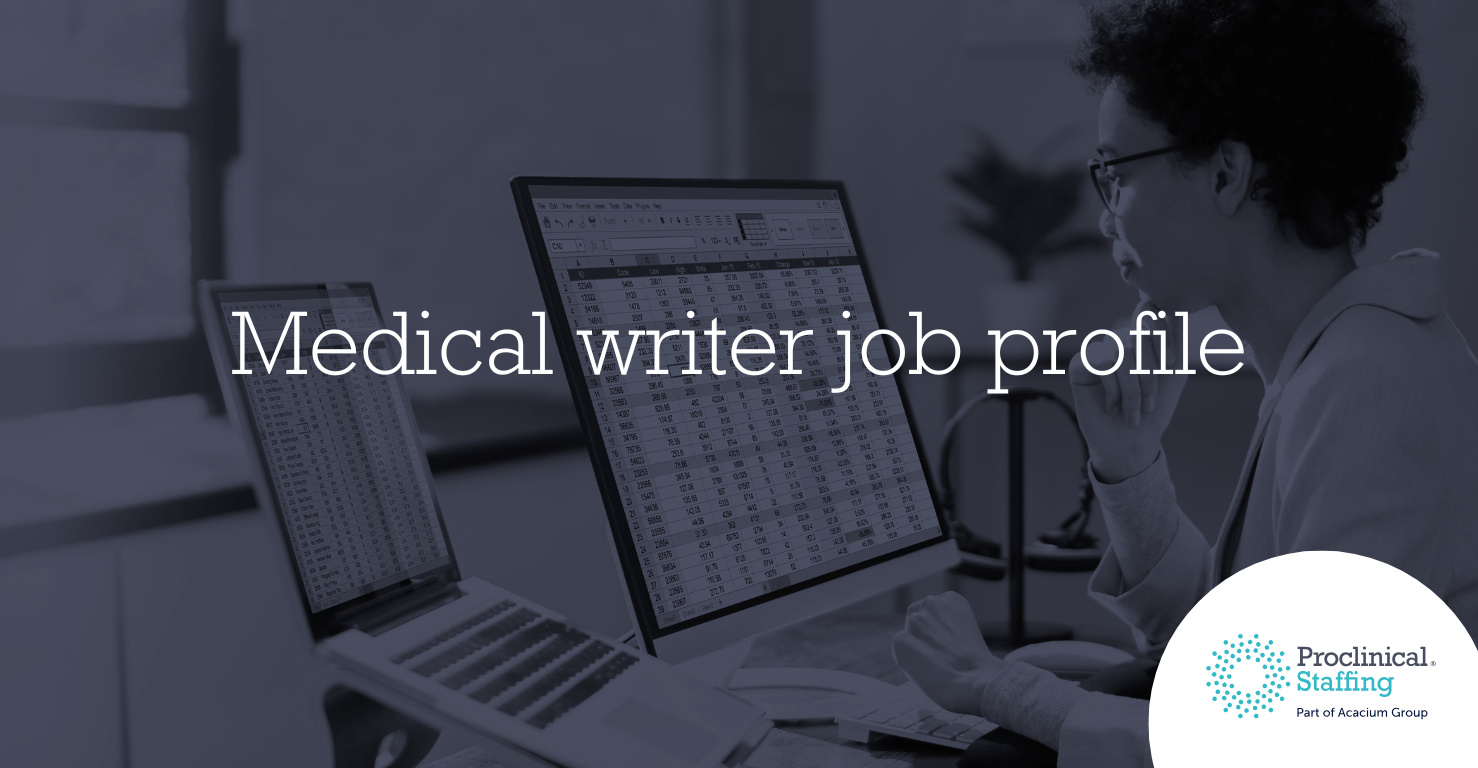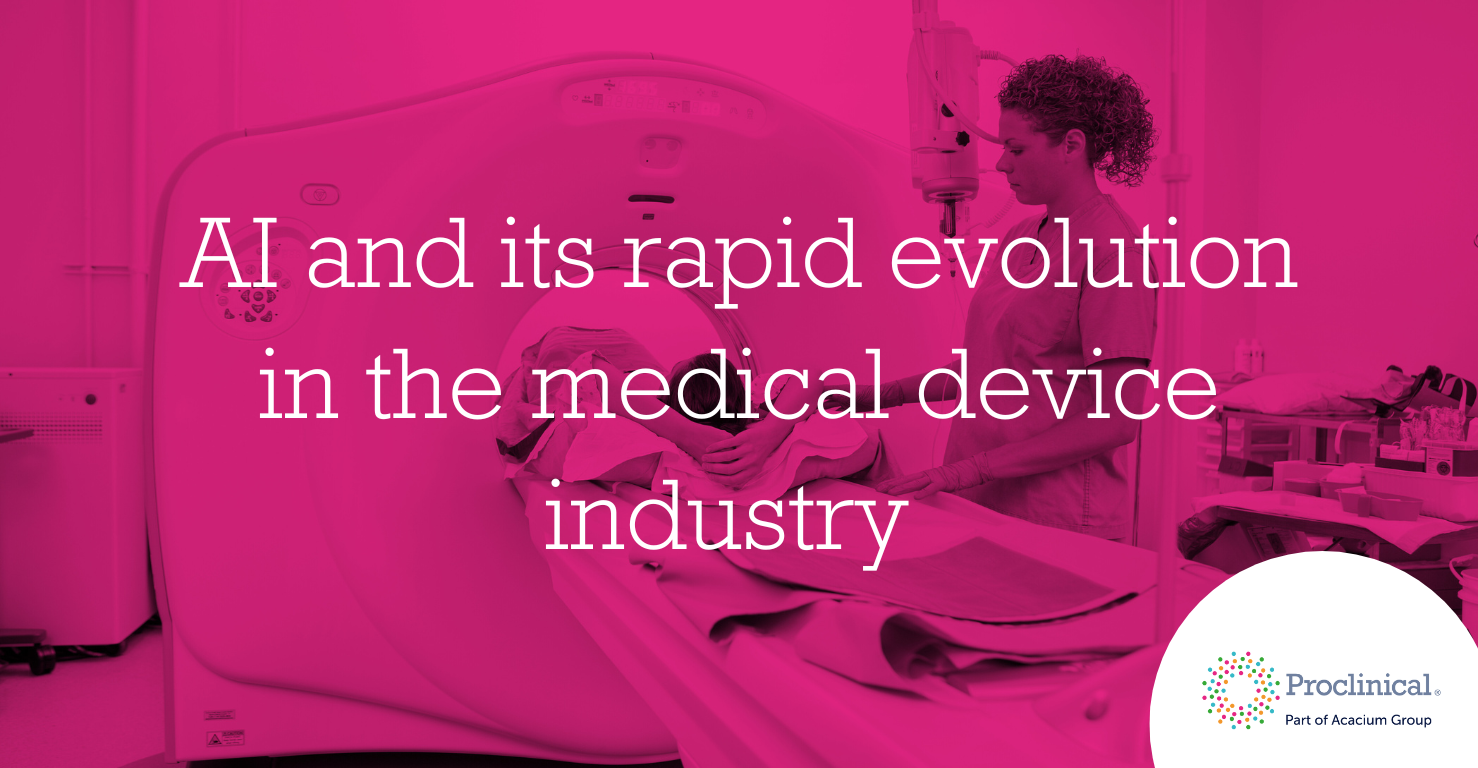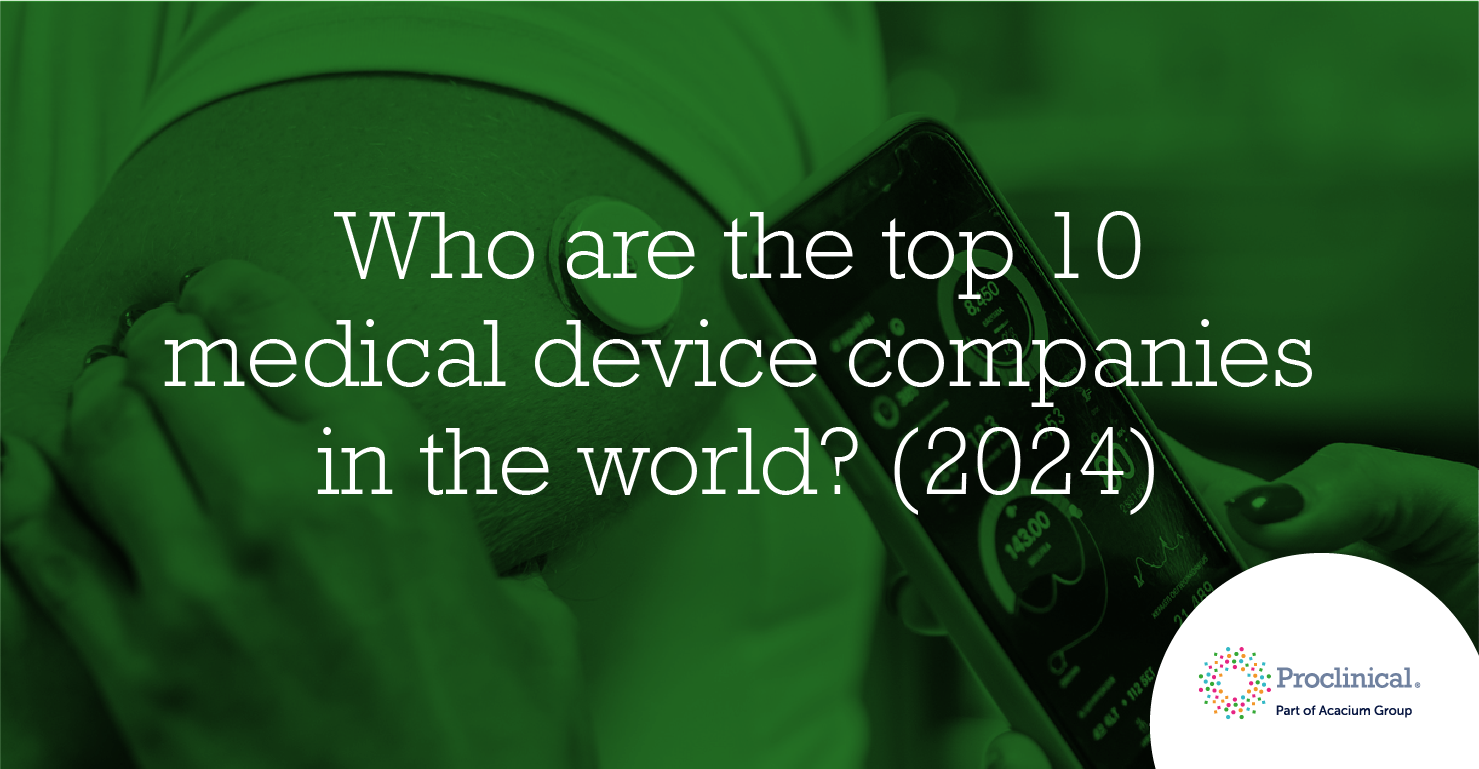

Perhaps one of the most significant changes from the recent EU medical device regulations is the reformed role of Notified Bodies. Previously seen as ‘industry partners’ that would assist medical device companies with compliance and conformity assessments, Notified Bodies will now be the primary enforcers of the new regulations. This is an effort to ensure that they are fully qualified to oversee certified products, and that more emphasis is put on high-risk devices.
With so much changing, manufacturers and Notified Bodies alike face a series of challenges to meet the increased requirements and expectations of the new medical device legislation. To read more about the new MDR and IVDR regulations, download our guide.
How will it affect companies within the medical device industry?
Manufacturers
One of the key driving factors of the new medical device regulation is patient safety. Therefore, manufacturers can expect far more stringent certification requirements and increased intervention from enforcers – which is now more than ever the responsibility of Notified Bodies. Manufacturers may also find it difficult to adjust to the new relationship with these agencies, having previously relied on them as a sort of ‘consultancy’ to assist them with CE mark requirements.
The new legislation calls for several Notified Bodies to be re-designated to oversee specific classes and types of devices. They will not be granted the authority to certify conformity of both medical or IVD devices until they have been designated to review these classes/types by the European Commission. As some Notified Bodies will not be able to certify some devices and others may have no designation at all, this will result in fewer being available and higher costs for manufacturers that wish to have a contract with a preferred body.
If Notified Bodies are unable to accept applications under the new MDR and IVDR until late 2018, this significantly reduces the amount of time that companies have to comply with the regulations. To make matters worse, the designation process is likely to reduce the capacity of existing Notified Bodies as they adjust to additional requirements, and this will cause significant delays in product certifications and higher costs. As Notified Bodies face the difficult task of onboarding qualified staff who have the education and experience outlined in Annex VII of the MDR, manufacturers will feel the effects of delays caused by staff shortages.
Notified Bodies
To assume their new market surveillance role Notified Bodies will also face a series of obstacles. Firstly, one of the biggest changes resulting from the IVDR is the increased input needed by Notified Bodies when declaring conformity of devices under the new classification system. Out of the four classes marked A-D, almost all will require Notified Body intervention, particularly class D IVD devices which pose the highest risk to patients and the public. As the level of risk increases, the more audits, batch verifications, reviews of technical documentation and setting up of quality management systems to contend with. Clinical evaluation reports will need to be assessed by Notified Bodies. On top of these duties, the MDR includes provisions for unannounced inspections of manufacturers and their suppliers and subcontractors will need to be carried out by Notified Bodies approximately every 5 years.
Resources are likely to be stretched tight, as this increased input is also needed for medical devices. For example, for class III implantable devices and class IIIb devices that will administer or withdraw a medicine, Notified Bodies will now need to pass on its clinical evaluation assessment report to an expert panel for consideration. Notified Bodies are also required to take out liability insurance for when they may have to withdraw, restrict or suspend certificates. Other legal requirements involve them providing a list of standard fees for their conformity assessment services.
Another challenge for Notified Bodies is the mandatory input into databases such as EUDAMED, many of which will be available for public use. Notably, this includes submitting summary reports of clinical investigations. Notified Bodies must also submit a summary of safety and clinical performance information, along with the assessment report, instructions for use and scientific opinion of expert panels to be considered by supervising authorities, including the European Commission.
As mentioned previously, Notified Bodies may struggle with recruitment pressures outlined by the new regulations. They will need to quickly onboard highly qualified staff with niche skillsets, which will undoubtedly result in increased competition for these individuals and costs.
For both medical and IVD device manufacturers and Notified Bodies themselves, the effects of the changing role of Notified Bodies are unavoidable. The best advice for manufacturers is to carry out careful and considered planning that caters for inevitable delays and higher costs, as well as incorporating flexible time frames when dealing with Notified Bodies. Advice to Notified Bodies would be to begin preparation for their additional responsibilities as soon as possible, particularly regarding the staff that will need to be onboarded to make compliance with the new medical device regulations possible.
Coming to terms with the implications of the new medical device regulations can be overwhelming, and manufacturers, Notified Bodies and other medical device companies are urged to make use of external resources. Specialist staffing agencies and management consultancies are well equipped to help companies to deal with their increased burden. For example, Proclinical, a life sciences recruitment agency, is working with management consultancy Trinzo to extend a helping hand to medical device companies during this difficult transitional period. Simply click the banner below for more information.





.png)

.png)

.png)

.png)
.png)














